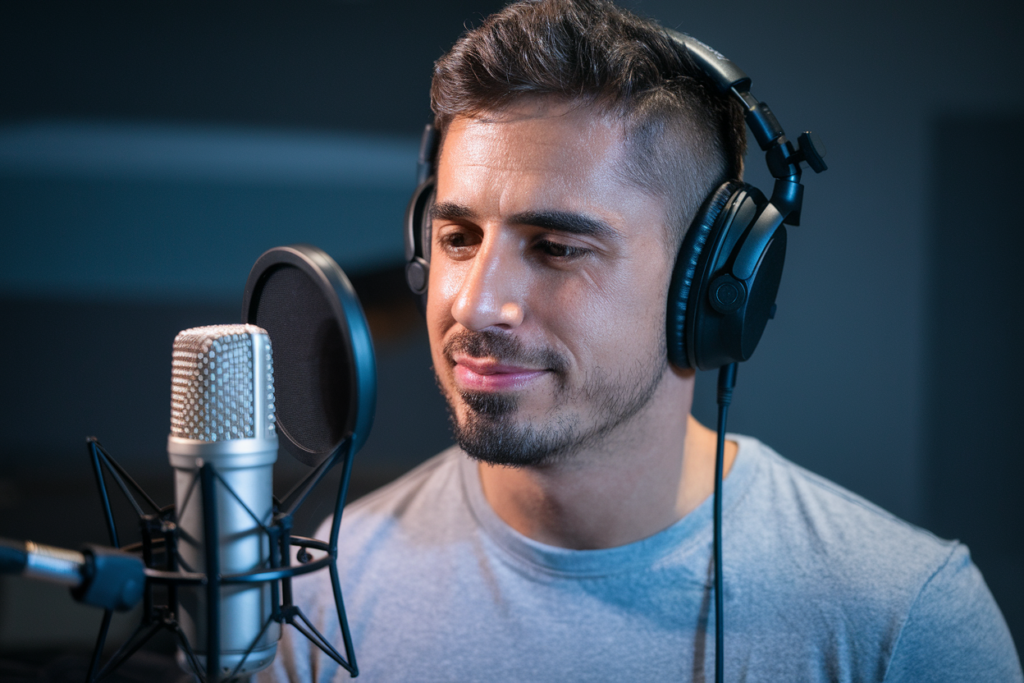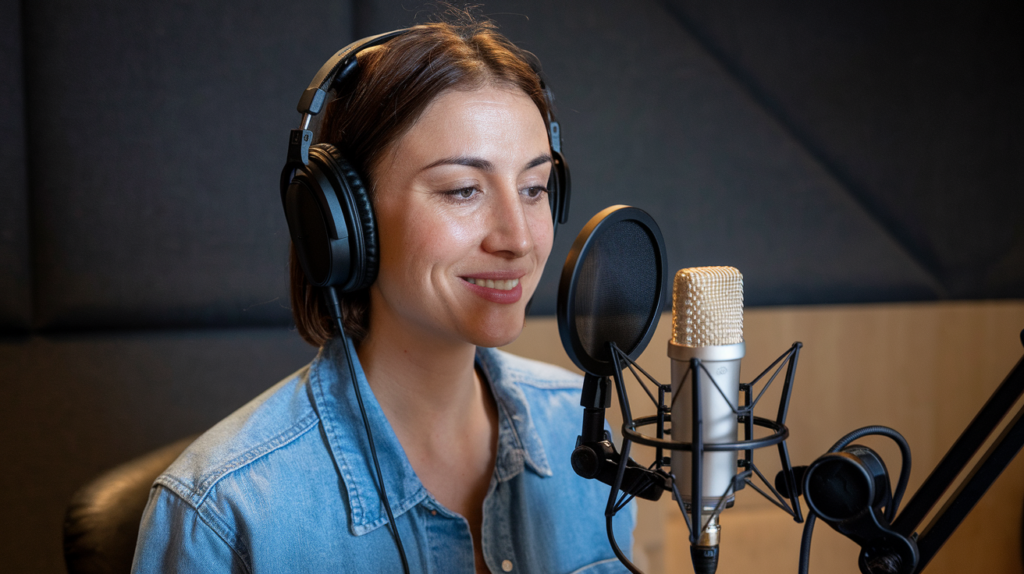In today’s interconnected world, audiovisual translation plays a crucial role in making content accessible to diverse audiences. As someone immersed in the Galician culture, I’ve seen firsthand how applying tailored solutions can enhance the quality of audiovisual translations for this unique language. The challenge lies not just in translating words but also in capturing the essence of cultural nuances that resonate with viewers.
By exploring innovative approaches and technologies, we can bridge gaps and elevate Galician content on global platforms. Whether it’s subtitling films or localizing video games, effective strategies are essential for reaching wider audiences while preserving linguistic integrity. Join me as I delve into practical solutions designed specifically for enhancing audiovisual translation in Galician, ensuring that our rich heritage gets the recognition it deserves.
Overview of Audiovisual Translation
Audiovisual translation plays a crucial role in making content accessible to diverse audiences, especially within Galician culture. It encompasses various forms, including subtitling and dubbing, which are vital for conveying messages effectively.
Importance of Audiovisual Translation
Audiovisual translation enhances the viewer’s experience by bridging language barriers. It ensures that cultural references resonate with local audiences, fostering understanding and appreciation of Galician heritage. Effective translation encourages engagement with global media while preserving linguistic identity. In addition, it supports the growth of regional industries by promoting local talent in film and gaming.
Challenges Faced in Galician Translation
Galician translation presents unique challenges due to its minority language status. Limited resources may hinder access to qualified translators familiar with both languages’ nuances. Cultural context often gets lost when translating idiomatic expressions or humor specific to Galician culture. Additionally, technological constraints can affect the quality of translations on digital platforms, leading to potential misinterpretations or omissions that impact audience reception.
Analyzing Current Solutions
I explore various solutions impacting audiovisual translation in Galician, focusing on both traditional and modern approaches.
Traditional Methods of Translation
Traditional methods of audiovisual translation primarily involve human translators who utilize their linguistic skills to convert dialogue and cultural references. These methods often include subtitling, dubbing, and voice-over techniques. While skilled translators can maintain cultural integrity, challenges persist. Limited resources often result in a shortage of qualified professionals familiar with Galician nuances. This situation can lead to inaccuracies or diluted meanings in translations. Moreover, the reliance on manual processes may slow down project timelines, particularly for large-scale productions.
Technological Innovations in Translation
Technological innovations significantly enhance audiovisual translation quality by streamlining workflows and improving accuracy. Machine translation tools and AI-driven software facilitate rapid processing of scripts while maintaining context sensitivity. For example, platforms like Google Translate have made strides but still require human oversight to ensure cultural relevance remains intact. Additionally, localization tools allow for real-time collaboration among teams working on subtitling or dubbing projects, increasing efficiency. As these technologies evolve, they promise to address many challenges faced by Galician translators while preserving the richness of the language’s heritage.
Applying Solutions to Galician Audiovisual Translation
Innovative solutions in Galician audiovisual translation significantly enhance content accessibility and cultural representation. These methods not only improve translation quality but also strengthen engagement with diverse audiences.
Case Studies of Successful Applications
I’ve observed several successful applications of audiovisual translation solutions in Galician projects.
- Film Subtitling: The film “A Esmorga” utilized expert translators who effectively captured the local dialect and humor, making the film relatable for non-Galician viewers while preserving its cultural essence.
- Video Game Localization: The game “The Last Guardian” integrated a localization strategy that involved native Galician speakers, ensuring dialogue resonated authentically with players, enriching their gaming experience.
- Television Series Dubbing: The series “Fariña” employed skilled voice actors fluent in both Spanish and Galician, maintaining character integrity while appealing to broader audiences across Spain.
These case studies demonstrate how tailored approaches can maintain cultural nuances while enhancing overall viewer satisfaction.
Impact of Solutions on Audience Engagement
Implementing effective audiovisual translation solutions improves audience engagement significantly.
- Increased Accessibility: Enhanced subtitling and dubbing techniques allow non-native speakers to enjoy Galician content without language barriers.
- Cultural Connection: By incorporating local idioms and references into translations, audiences feel a stronger connection to the material, fostering appreciation for Galician culture.
- Broader Reach: Utilizing modern technology enables rapid distribution across platforms like streaming services, expanding the viewership base beyond regional limitations.
These impacts highlight the importance of innovative approaches in making Galician audiovisual content more accessible and engaging for global audiences.
Future Directions for Galician Audiovisual Translation
Galician audiovisual translation faces exciting developments that promise to enhance both accessibility and cultural representation. Emerging trends and community involvement play crucial roles in shaping the future landscape.
Emerging Trends and Strategies
Emerging trends in Galician audiovisual translation include adaptive technologies, audience-driven content creation, and collaborative platforms. Adaptive technologies like AI-powered localization tools expedite the translation process while maintaining context accuracy. These tools enable rapid adjustments based on viewer feedback, ensuring content resonates with target audiences.
Crowdsourced translation initiatives encourage participation from native speakers, allowing them to contribute their insights into local dialects and idiomatic expressions. Such strategies foster a sense of ownership among communities while enhancing authenticity in translations. Moreover, partnerships between educational institutions and industry stakeholders promote training programs focused on developing skilled translators who understand both language nuances and cultural contexts.
Role of Community in Translation Efforts
Community involvement significantly impacts the effectiveness of Galician audiovisual translation efforts. Local organizations can facilitate workshops that engage aspiring translators through hands-on learning experiences. Collaboration between filmmakers, game developers, and linguistic experts fosters an ecosystem where cultural authenticity thrives.
Additionally, community feedback loops help refine translations by ensuring they align with audience expectations. Social media platforms serve as vital channels for dialogue between creators and viewers, enabling real-time communication about preferences or concerns regarding translated content. By leveraging these communal resources, Galician audiovisual projects can achieve higher levels of engagement while preserving the region’s unique heritage.
Conclusion
The journey of enhancing Galician audiovisual translation is both exciting and vital. I’ve seen firsthand how effective solutions can bring our rich culture to a broader audience while preserving its unique nuances. By embracing innovative technologies alongside community involvement, we can tackle existing challenges and create authentic connections through media.
As we move forward I believe it’s essential to prioritize collaboration among translators filmmakers and local experts. Together we can ensure that Galician content not only reaches but resonates with viewers around the world. The future looks promising for our language’s representation in global media, and I’m eager to see these advancements unfold.








